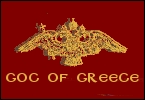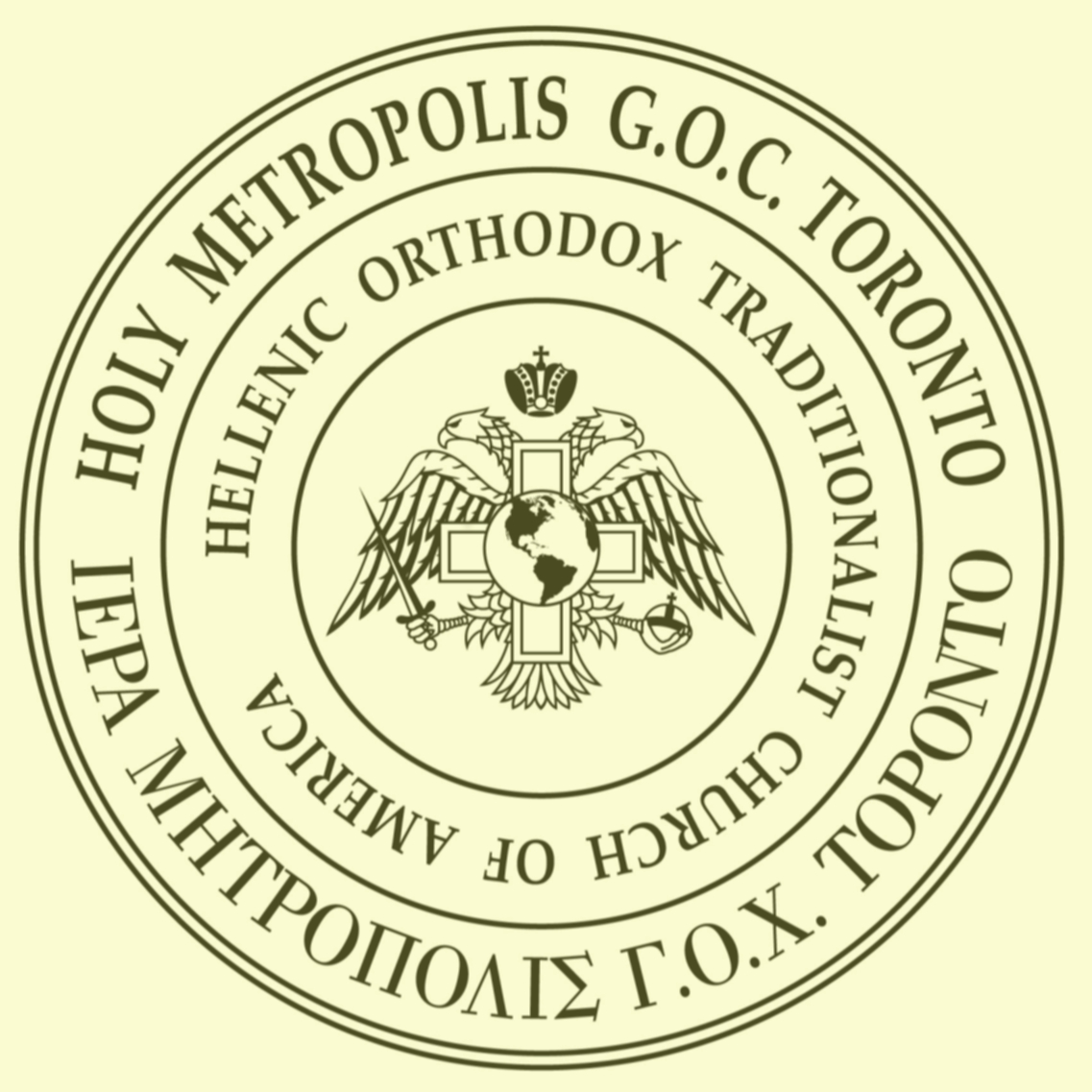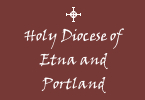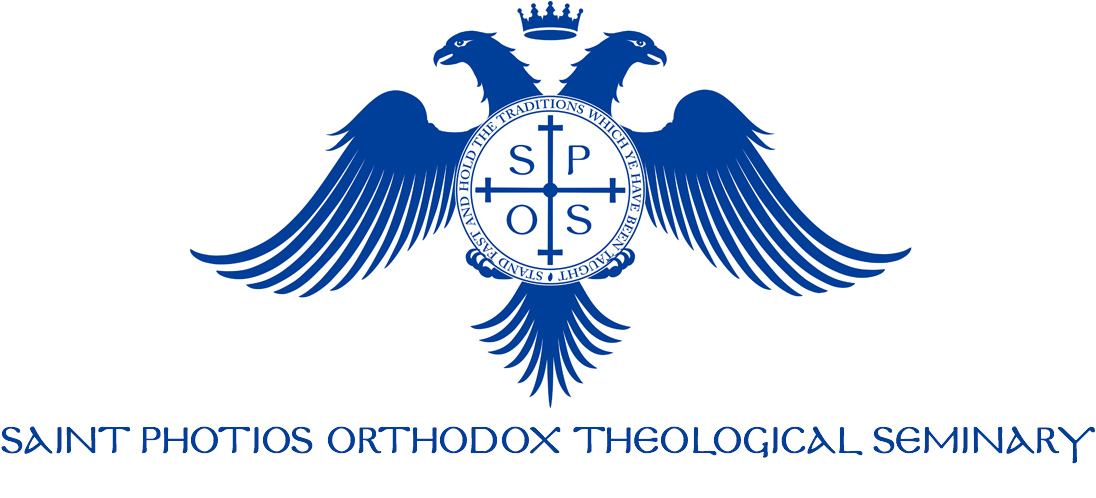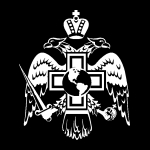Smokescreens for Heresy
- Details
- Created on Thursday, 13 March 2014 17:18
By Fr. Maximus Marretta of Holy Ascension Monastery, Bearsville, NY
A common tactic for heretics to use in order to distract attention from their own heresy is to point out certain abuses among the Orthodox which are related to the controversy at hand. These abuses may be both matters of practice and matters of theological language. By pointing out the deficiencies of the Orthodox, they can claim the moral high ground and make the Orthodox appear as heretical or at least misguided. They use these abuses as an excuse for not accepting the Orthodox teaching on a given subject. By adopting this tactic, they confuse the faithful, making their own heretical doctrines appear more correct than they really are, and thus draw many into perdition.
This tactic in modern parlance is often called introducing a “red herring,” which means bringing up a subject which, while obliquely related to the matter at hand, does not address the main issue. Because a heretical teaching is always false, and hence possesses weaker logic and reasoning than the truth which the Orthodox Church proclaims, it is always in the interests of the heretics to introduce as many red herrings as possible, in order to draw attention away from the weak points in their own argumentation.
The ploy of the red herring - or as one may call it, a smokescreen which disguises evil - is ultimately a form of psychological argumentation and hence is invalid as a form of logic. By playing on the emotions of people, they can keep the debate on an entirely superficial level and avoid confronting their own faulty reasoning.
Recently, a heresy called “name-worshipping” has reared its head. This heresy is so called because its adherents believe that the name of God is God Himself; that is, that His name is a divine energy and hence uncreated. This ridiculous idea was condemned by the Synod of Constantinople in 1913 and again by the Russian Synod the same year. These Synods declared heretical the idea that the name of God is an energy of God or God Himself. This is the central point of the heresy, from which all of their other deviant beliefs follow. The Russian Synod, however, added a few comments of its own on the subject of the divine energies and the divinity, which used a slightly different terminology than the manner of expression used by St. Gregory Palamas (the expositor par excellence on the subject of the divine energies). The Synod’s terminology was not so much heretical as not as clear and precise as St. Gregory’s exposition; and this was evidently the result of the Russian bishops’ lack of familiarity with the polemical writings of the saint, which had mostly not been translated into Russian at the time. The modern name-worshippers have seized upon this imprecision of terminology and have made it their banner; or rather, their smokescreen, declaring that they cannot accept the Russian council because it opposes the teaching of St. Gregory Palamas. In so doing, they have missed the main point, which is that even if the Russian Synod expressed itself poorly, name-worshipping is still a heresy. The Russian condemnation of name-worshipping is still valid in and of itself, even if the terminology it used in its further explanation of the subject is questionable. Moreover, the heresy was also condemned by the Synod of Constantinople, which used no dubious terminology. Yet the name-worshippers also refuse to recognize this council. Hence, it is clear that their motivation in attacking the language of the Russian Synod is not pious concern over expression, but rather because they simply do not accept the Orthodox teaching on the name of God.
It should be obvious at this point that the name-worshippers’ rejection of Orthodox teaching based on the comments made by the Russian Synod is nothing but a smokescreen which they use to mask their own heresy. In so doing, they are following the well-trodden path of many heretics. Let us examine a few heresies and the smokescreens they threw up in order to hide and excuse their false teachings.
1. The first great heresy to trouble the Church was Arianism. The Arians denied that Christ was God and that the Son is equal to Father. The Orthodox Church condemned Arianism at the First Ecumenical Council. The key word in explaining the Orthodox teaching was “consubstantial” – the Son is consubstantial or of one essence with the Father. The Arians, however, refused to accept this word. They knew that to accept it would entail a rejection of their heresy. But in order to distract people from the real issue, they pointed out that the word “consubstantial” was not found in Scripture and had originally been used in a heretical sense by Paul of Samosata, an earlier heretic who had confused the persons of the Father and the Son. The Arians accused the Orthodox of having the same heretical tendencies because they used the same terminology as an earlier heretic had, even though the Orthodox did not attach a heretical meaning to it.
2. The Arians also refused to join with the Orthodox Church because they pointed out that the Orthodox were in communion with Marcellus of Antioch, a bishop who was fanatically opposed to Arianism to the point of confusing the three persons of the Trinity. Most of the Orthodox did not realize that Marcellus’ own faith was suspect. The Arians threw a smokescreen over their own errors by pointing to the errors of Marcellus. But in fact, they were just avoiding the main point, which was that Arianism itself is heretical, and no number of dubious clergy in the ranks of the Orthodox can change that fact.
3. The Monophysites were a later heresy which fused Christ’s humanity and divinity to the point of obscuring His humanity. The Monophysites refused to accept the Fourth Ecumenical Council because the council accepted as orthodox the Tome of Leo, which they considered to be a Nestorian document. In fact, the Tome was perfectly Orthodox, but was worded vaguely enough that a Nestorian would not have a problem in accepting it. Nestorius himself declared that it was exactly what he had been trying to say all along. Thus, the Monophysites were able to characterize the Orthodox as Nestorians, and confuse many people. They used the Tome as a pretext for schism, and refused to deal with the real issue, which was that Monophysitism itself is a heresy.
4. Another heresy after Monophysitism was Iconoclasm. The Iconoclasts declared that icons were idols and that it was permissible neither to paint them nor especially to venerate them. The Iconoclasts were very quick to point out certain abuses connected with icons; for example, some people considered them living images to the point of using them as godparents at baptism! They used abuses such at this to blow smoke around the issue and to present the Orthodox view as something which inevitably lead to incorrect practices. But no number of abuses connected with icons could change the fact that it is a pious thing to depict and venerate them.
In our days, the name-worshippers are proving themselves worthy followers of their predecessors in heresy. By attempting to shift the focus of the debate onto the expressions of the Russian Synod, they are avoiding the real question: what is their own confession of faith? If they truly are Orthodox Christians, they can demonstrate it quickly and easily by just accepting the condemnations which the Church has published against name-worshipping. Let them proclaim loudly that the name of God is not an uncreated energy of God, but a created symbol given to us by Holy Scripture and the Fathers which expresses the inexpressible insofar as human language is capable. Let them denounce the errors of Bulatovich and the deluded monks of Mount Athos who followed him into heresy. Then we will believe that they are in truth Orthodox Christians and not members of a heretical sect.
Missions
Saints Peter and Paul Orthodox Mission, Tucson, Arizona
Saints Peter and Paul Orthodox Church is a beautiful mission parish near downtown Tucson, a city in southern Arizona. It was started in 1997 by Father John Bockman, who was a missionary Priest formerly serving missions in Tennessee and Massachusetts since 1990. Father John served the faithful in Tucson and the surrounding area in his home Chapel until his repose in November of 2000. His wife, Presbytera Valerie, continued to make her home Chapel available for the mission, with clergy from Saint Nectarios Orthodox Church in Seattle and His Eminence, Metropolitan Moses of Toronto (then of Portland), visiting to provide the Divine Services.
Read more...Youth
2025 Youth Conference
Please join us for the 2025 youth conference in Toronto, Ontario, Canada! To learn more, visit the conference website.
Ask A Priest
Morning and Evening Prayers
Q. Are the prayers in the blue prayer book [A Prayerbook for Orthodox Christians by the Holy Transfiguration Monastery —ed.] compulsory for everyone? I mean their morning prayers and the service of Small Compline. My confessor gave me a special rule but wasn’t clear about whether this replaced the book prayers or was in addition to them. Read more...

